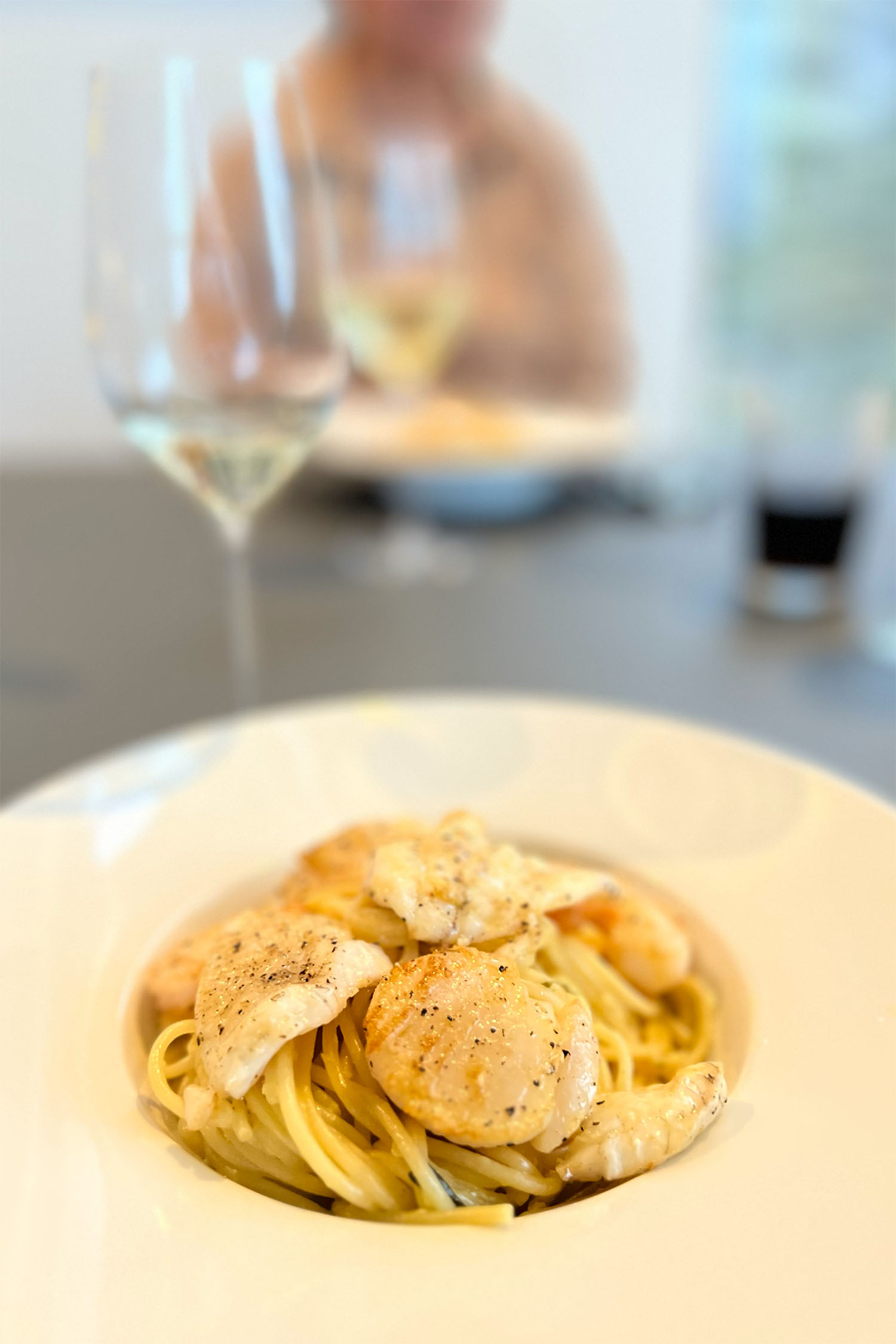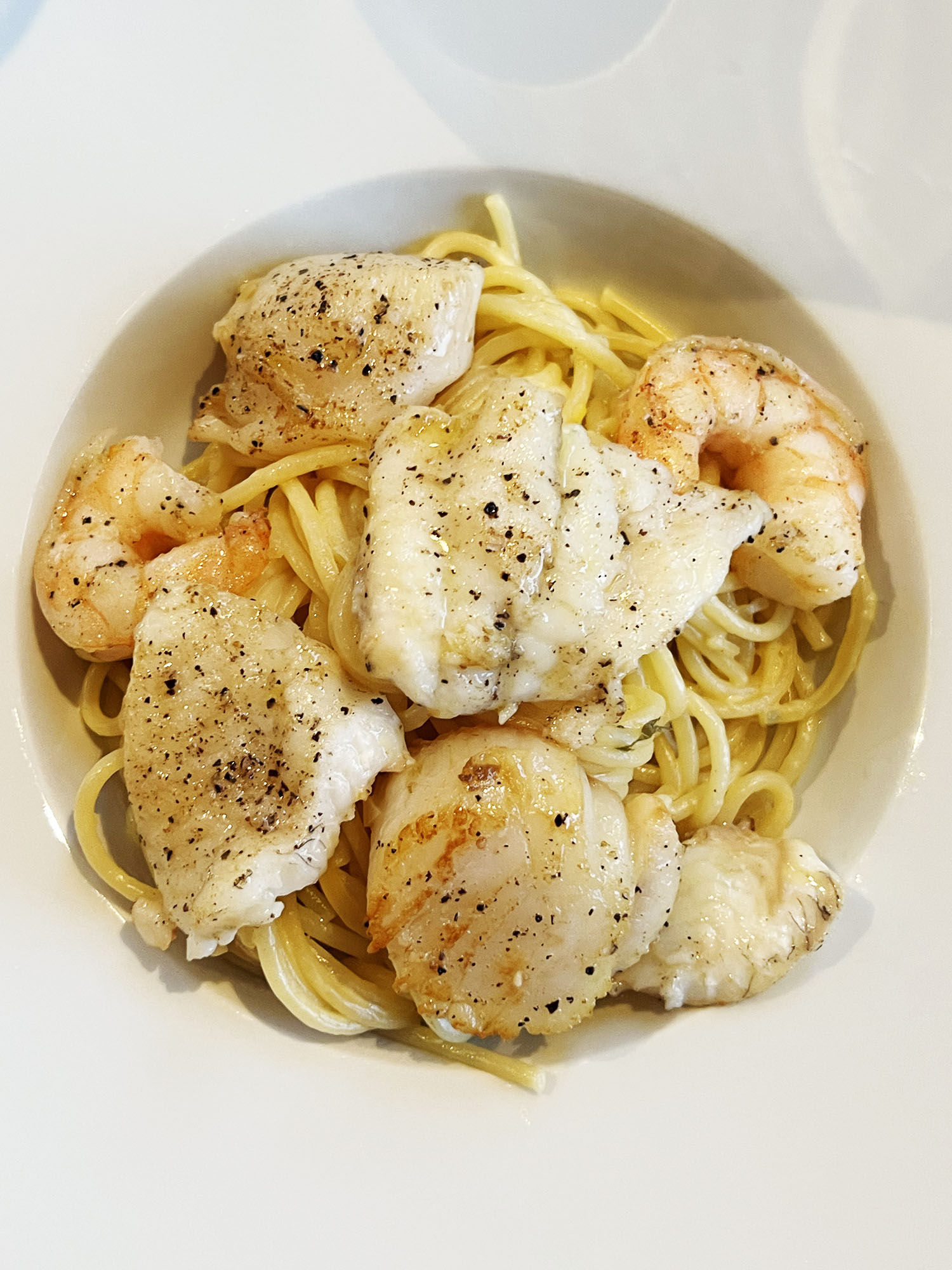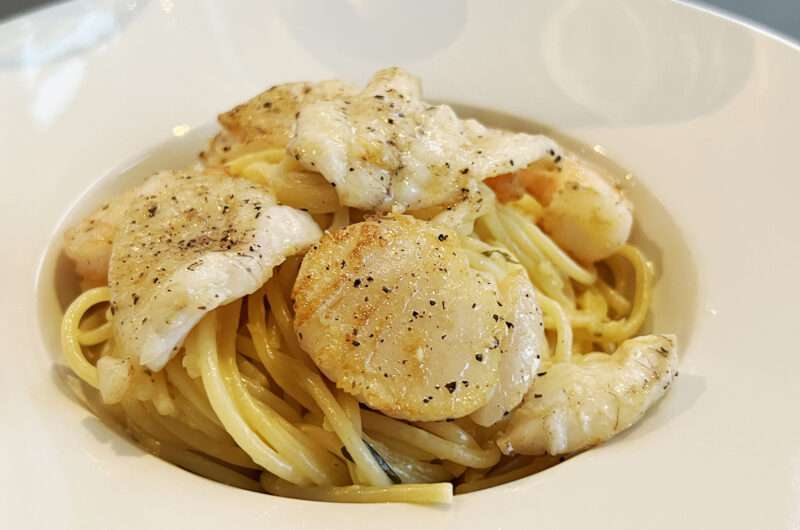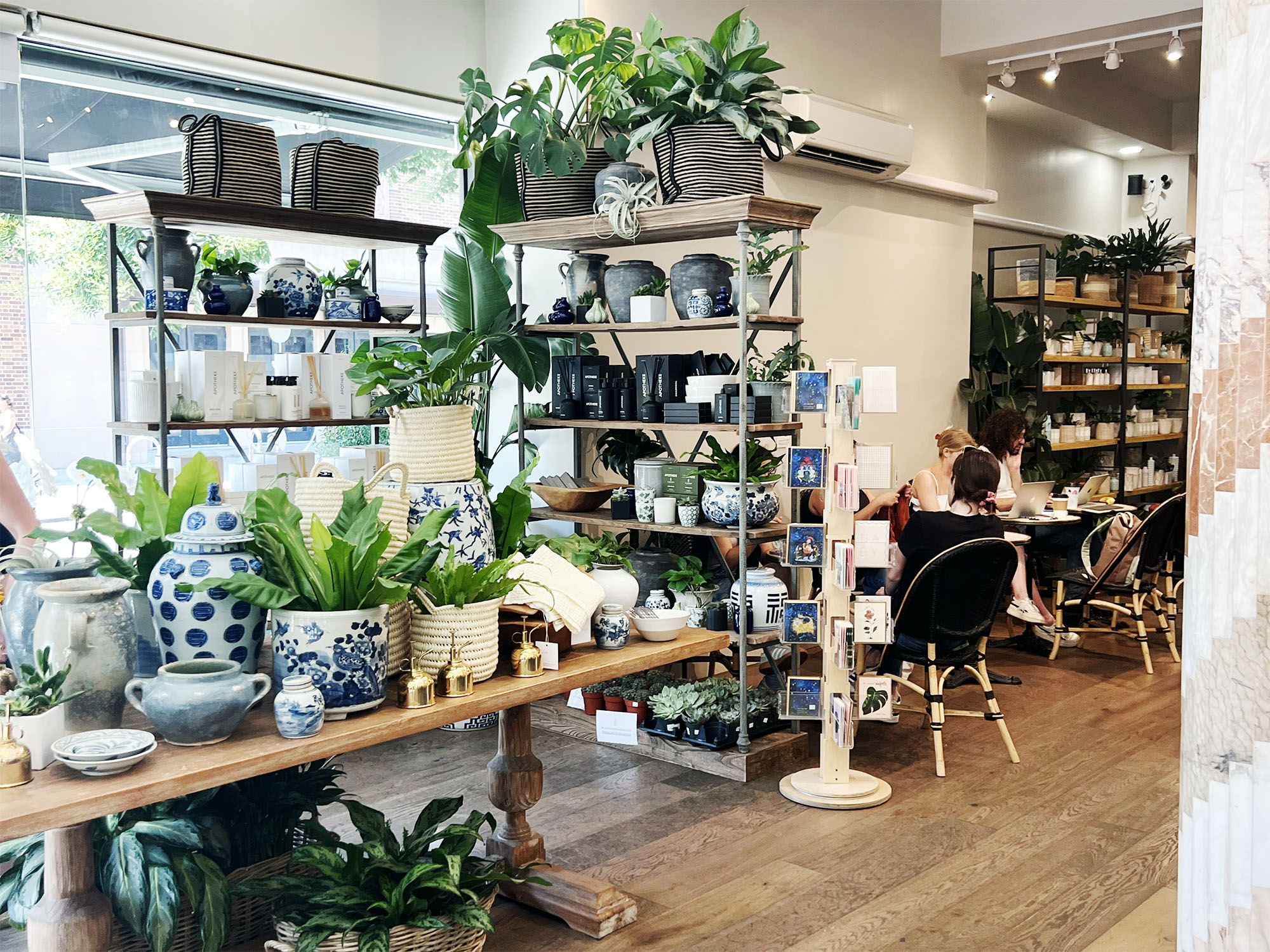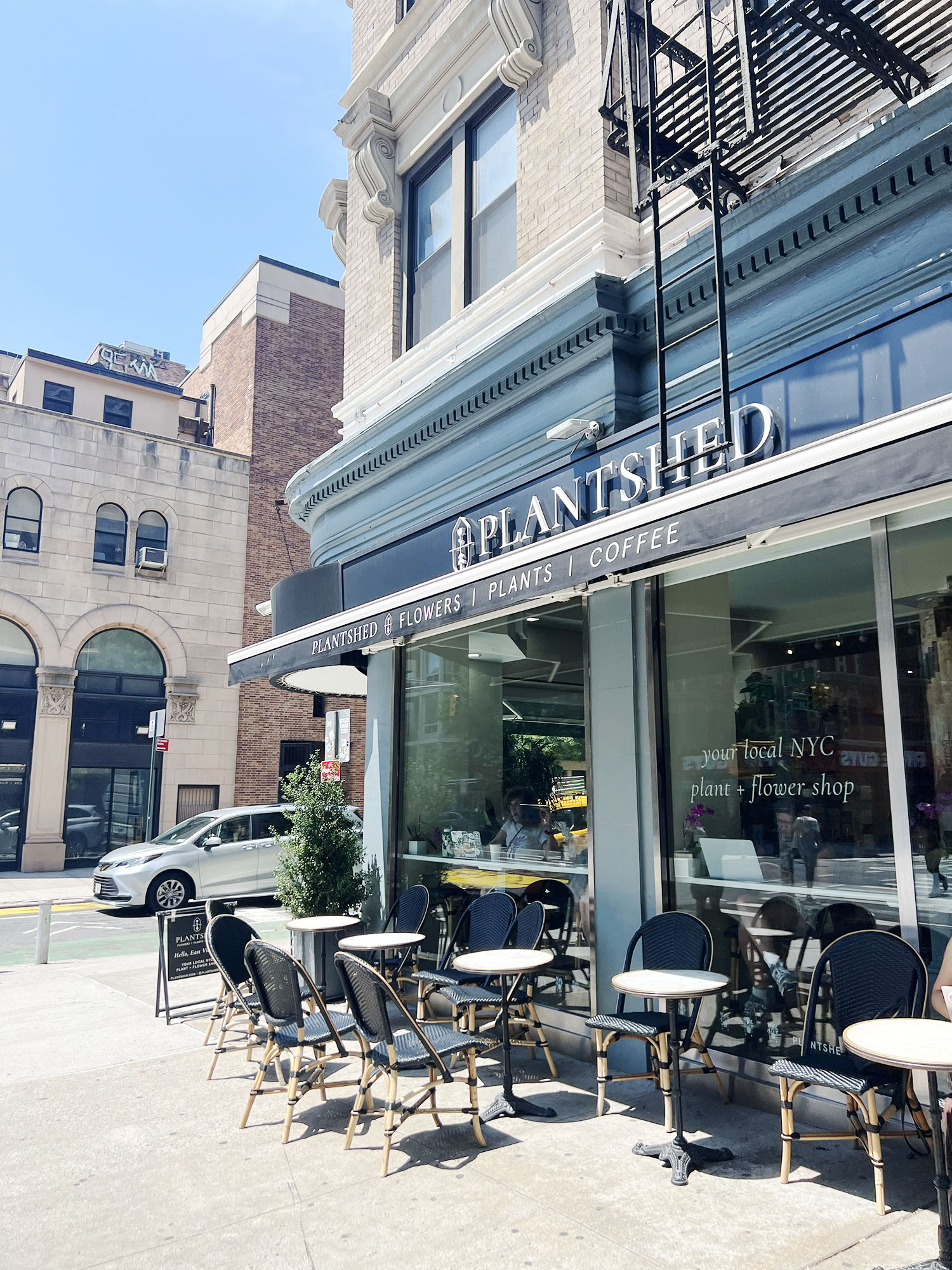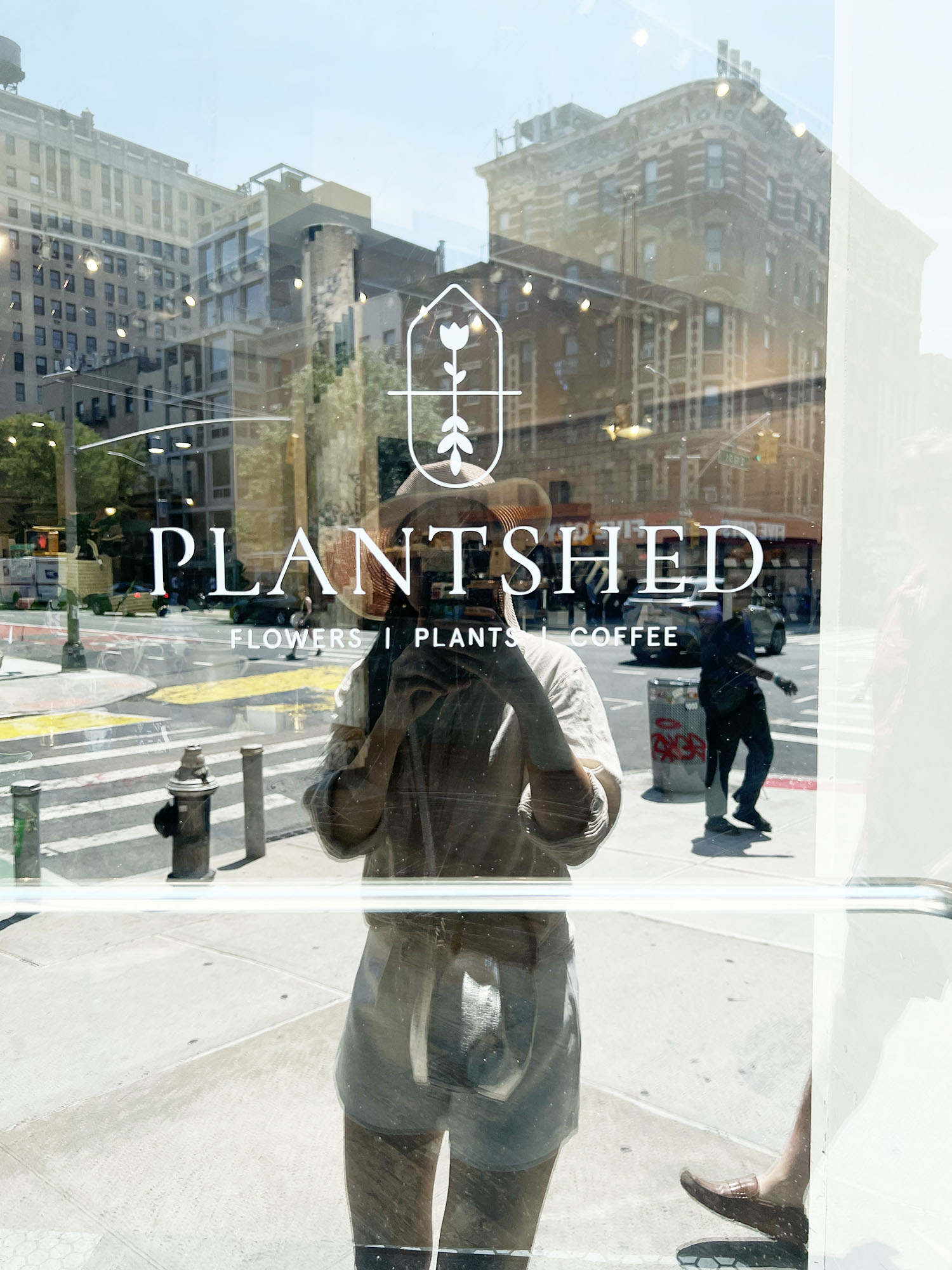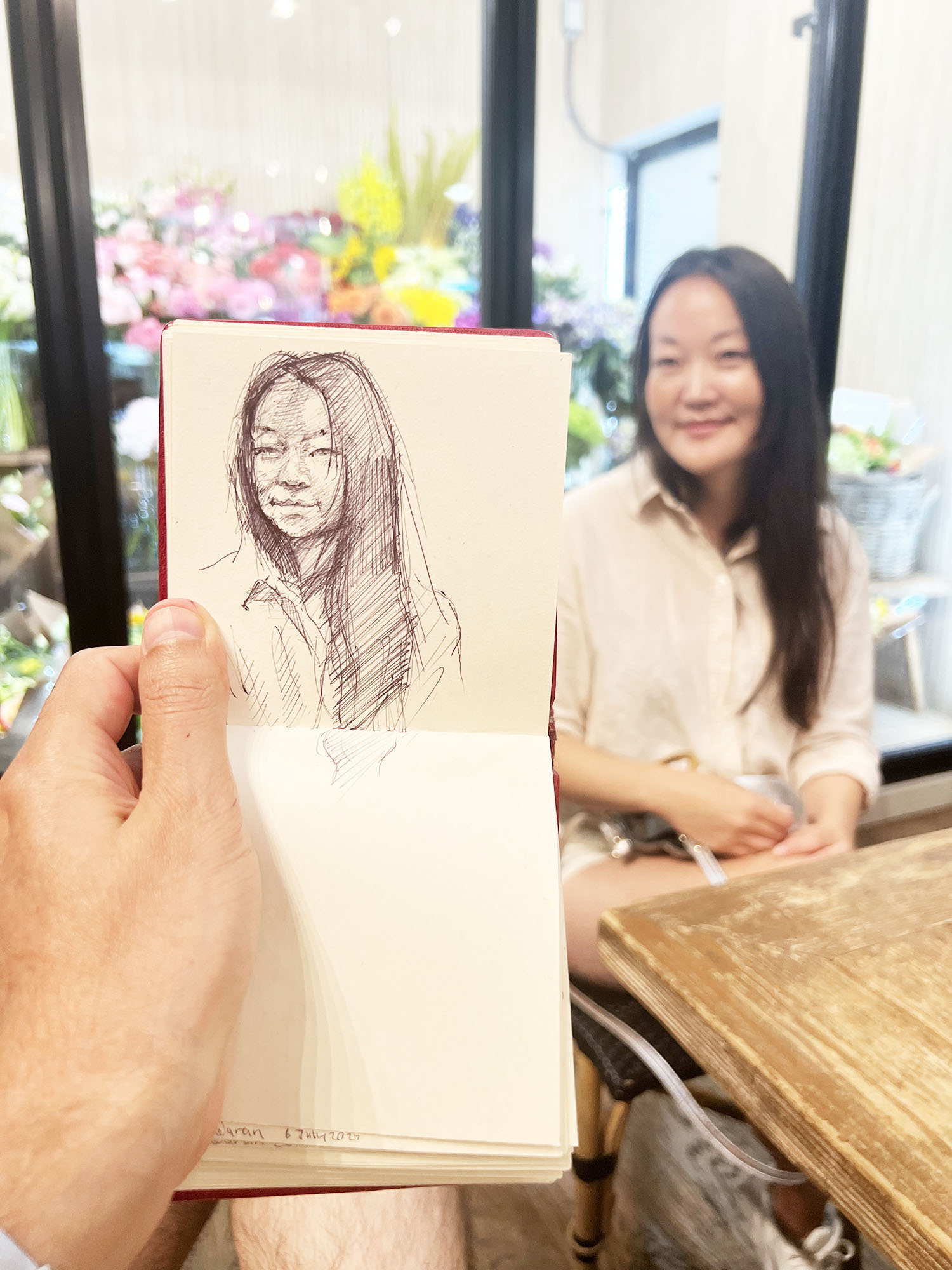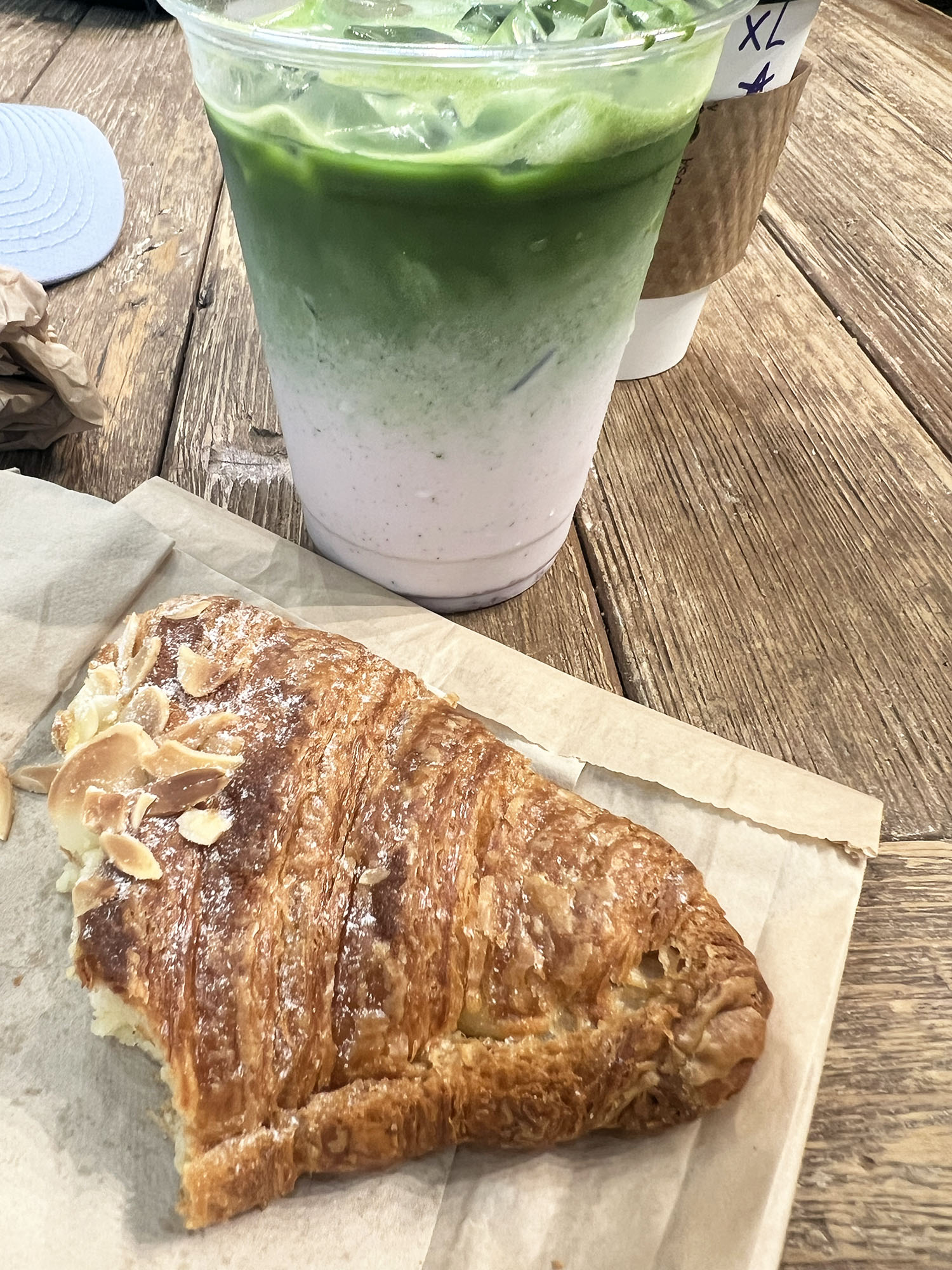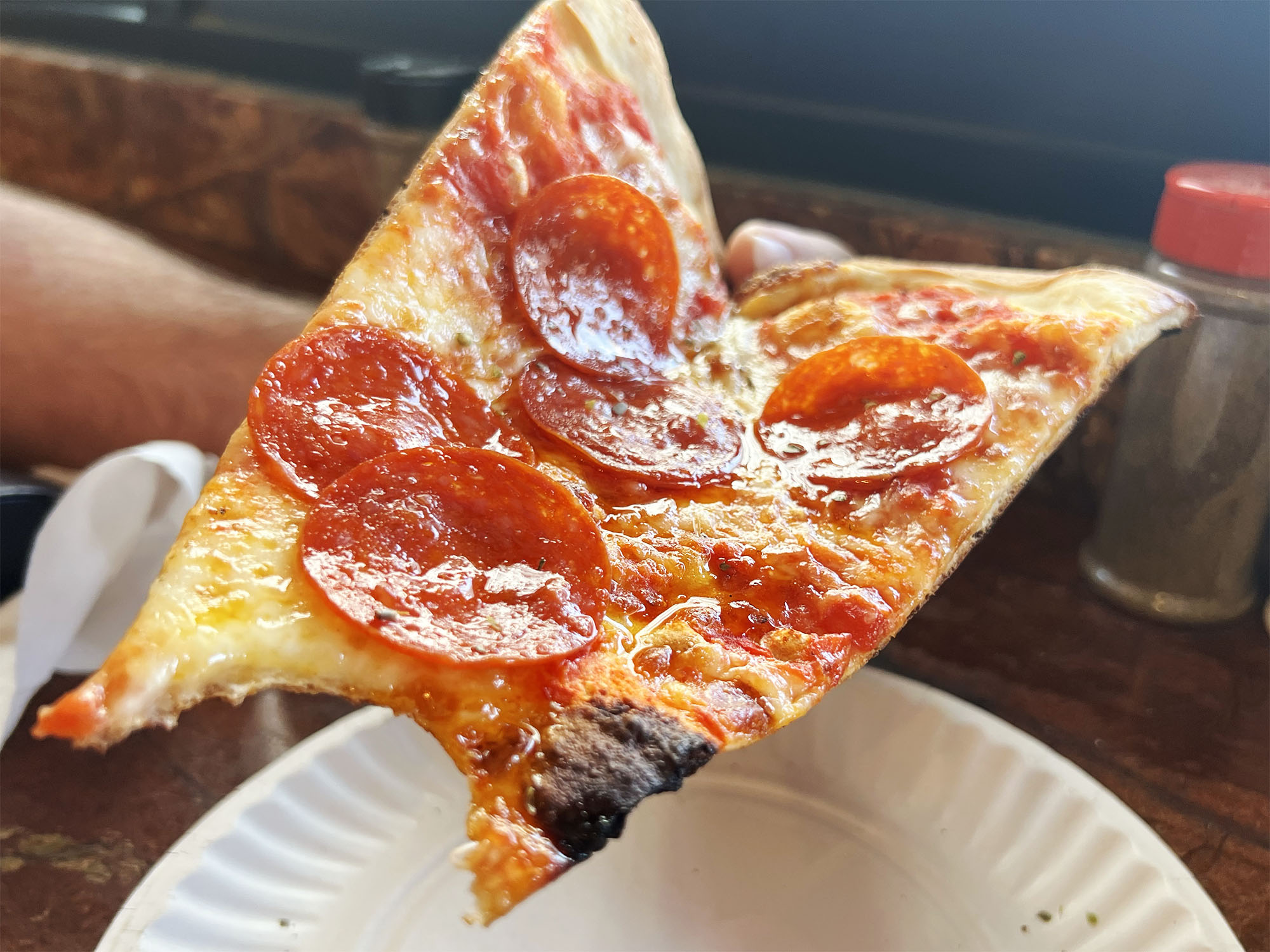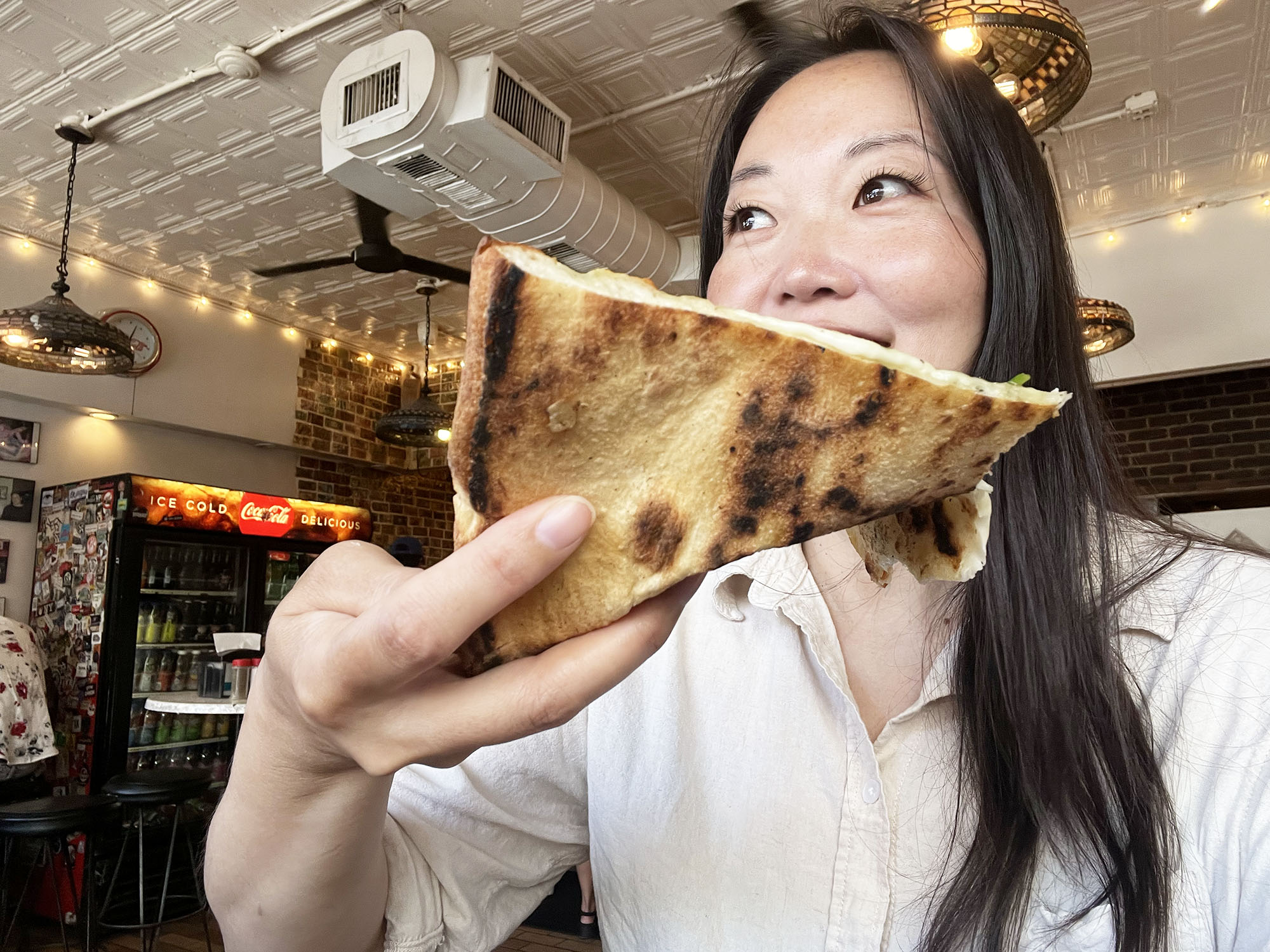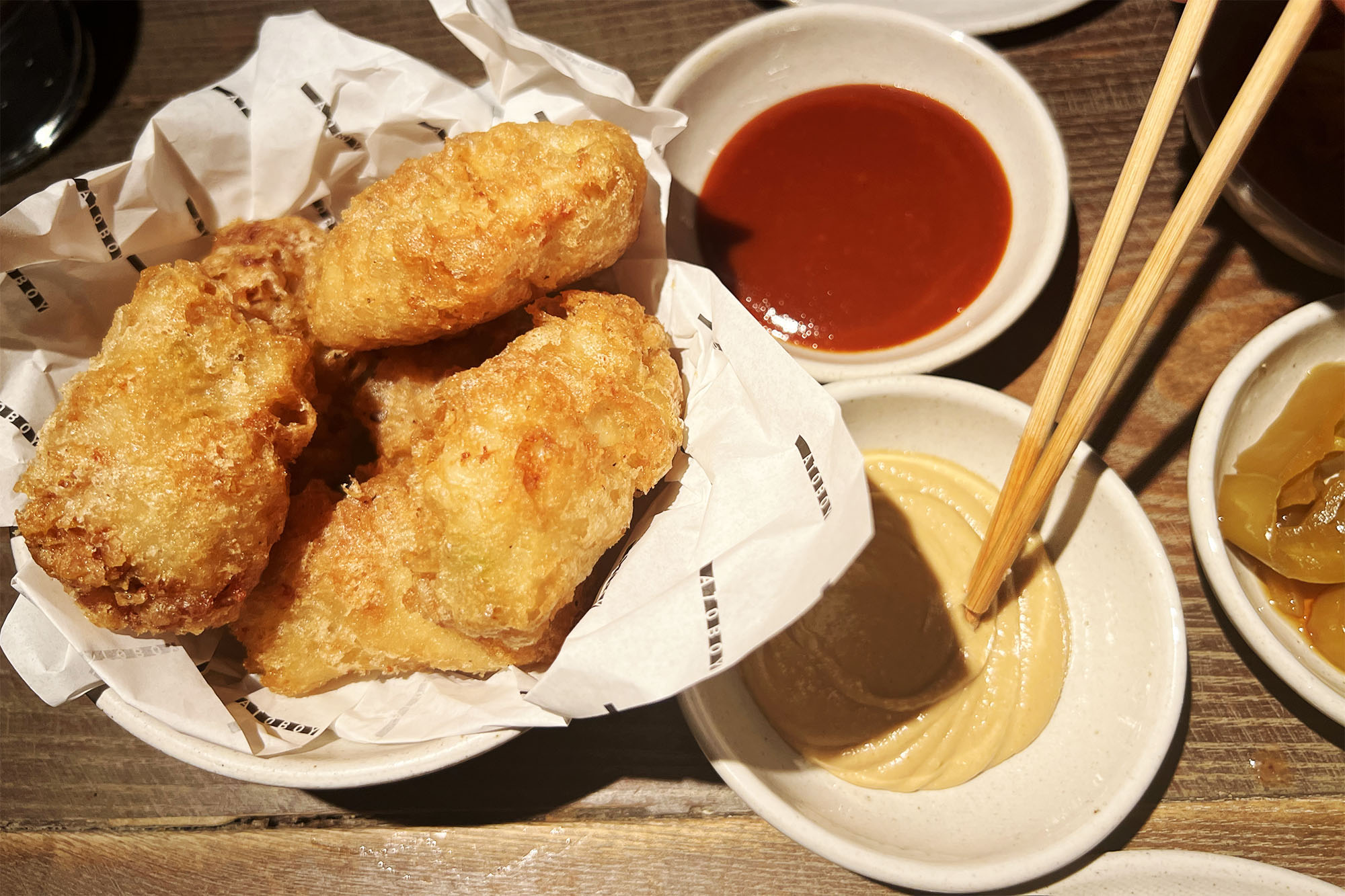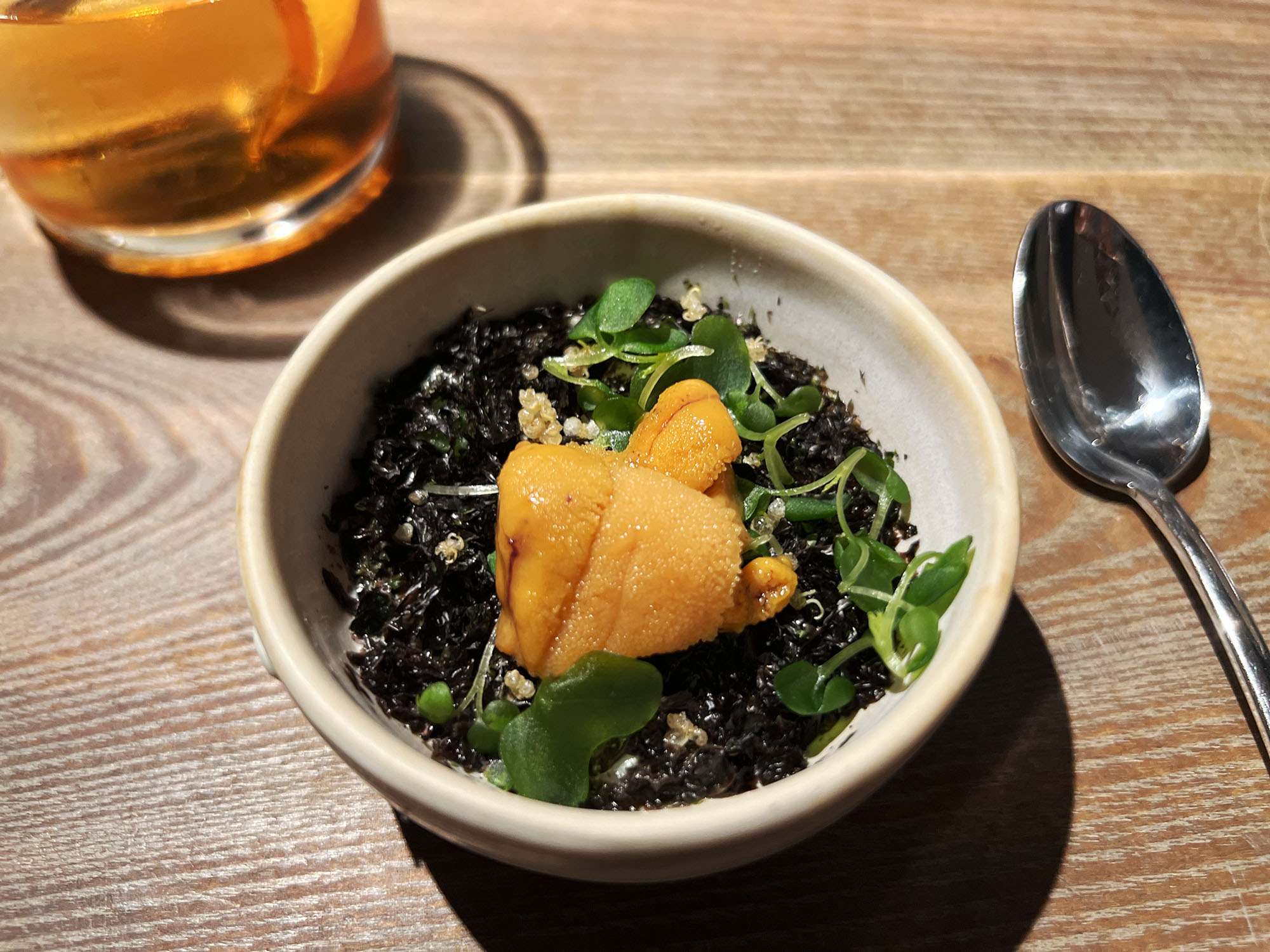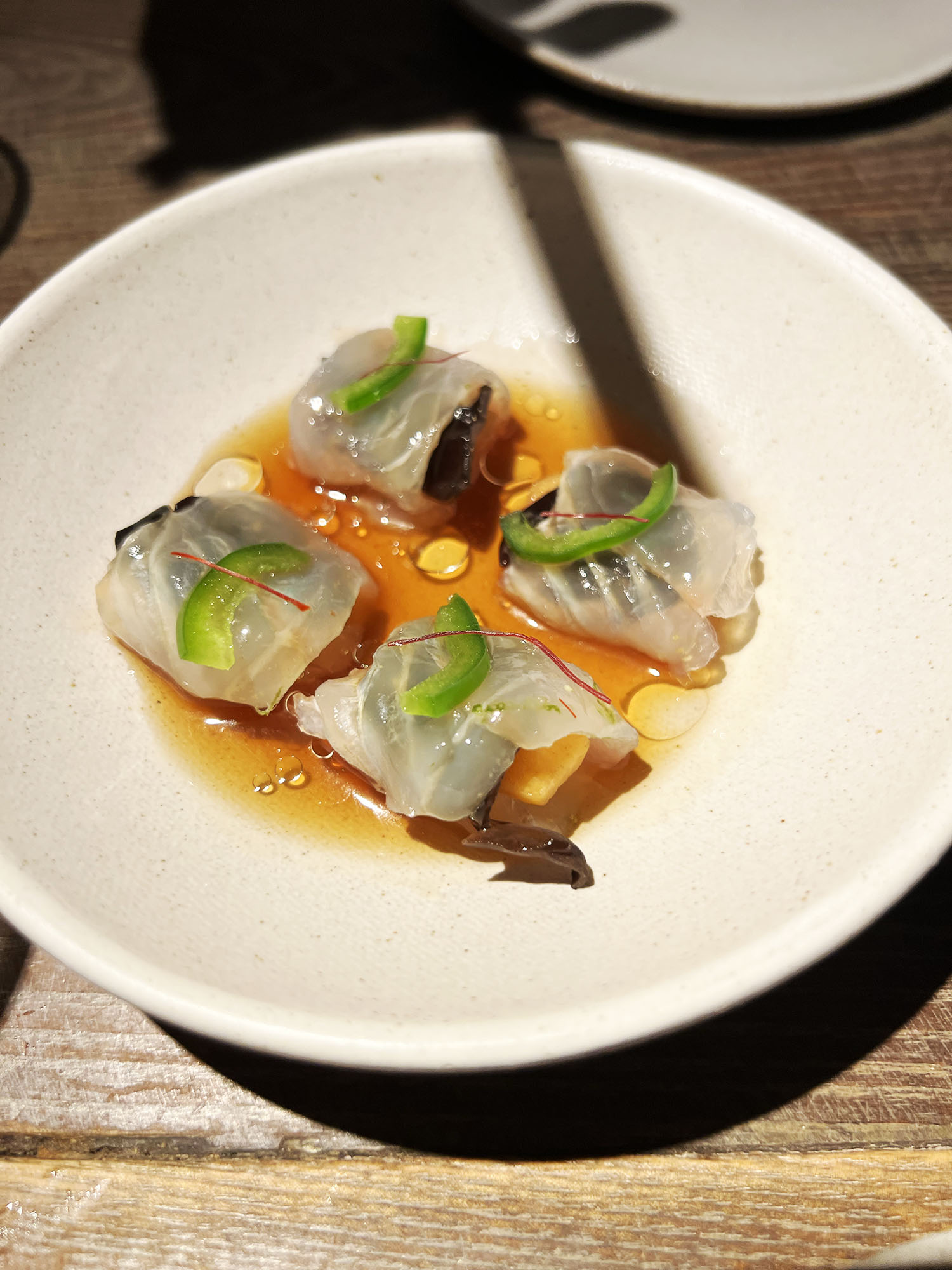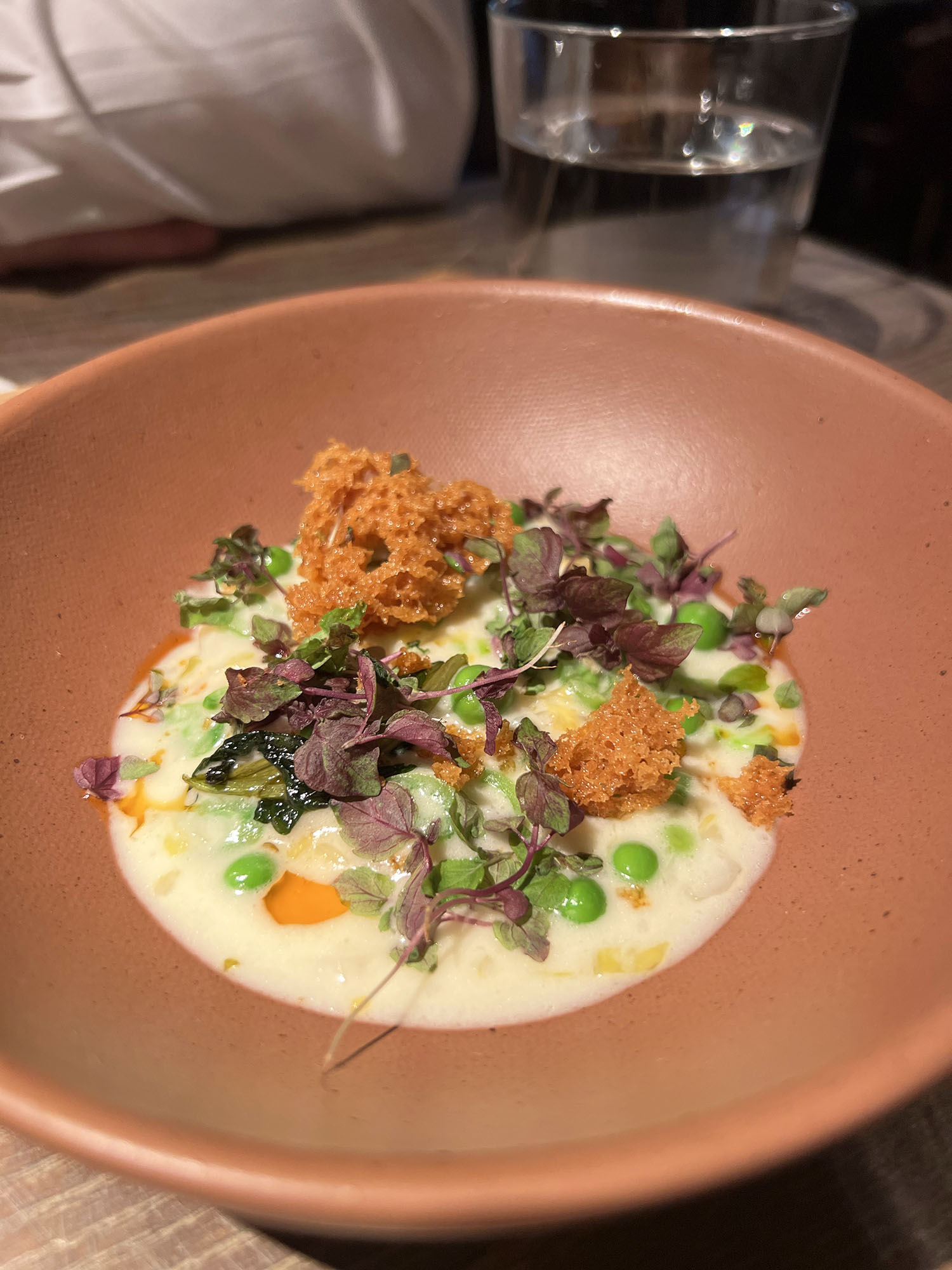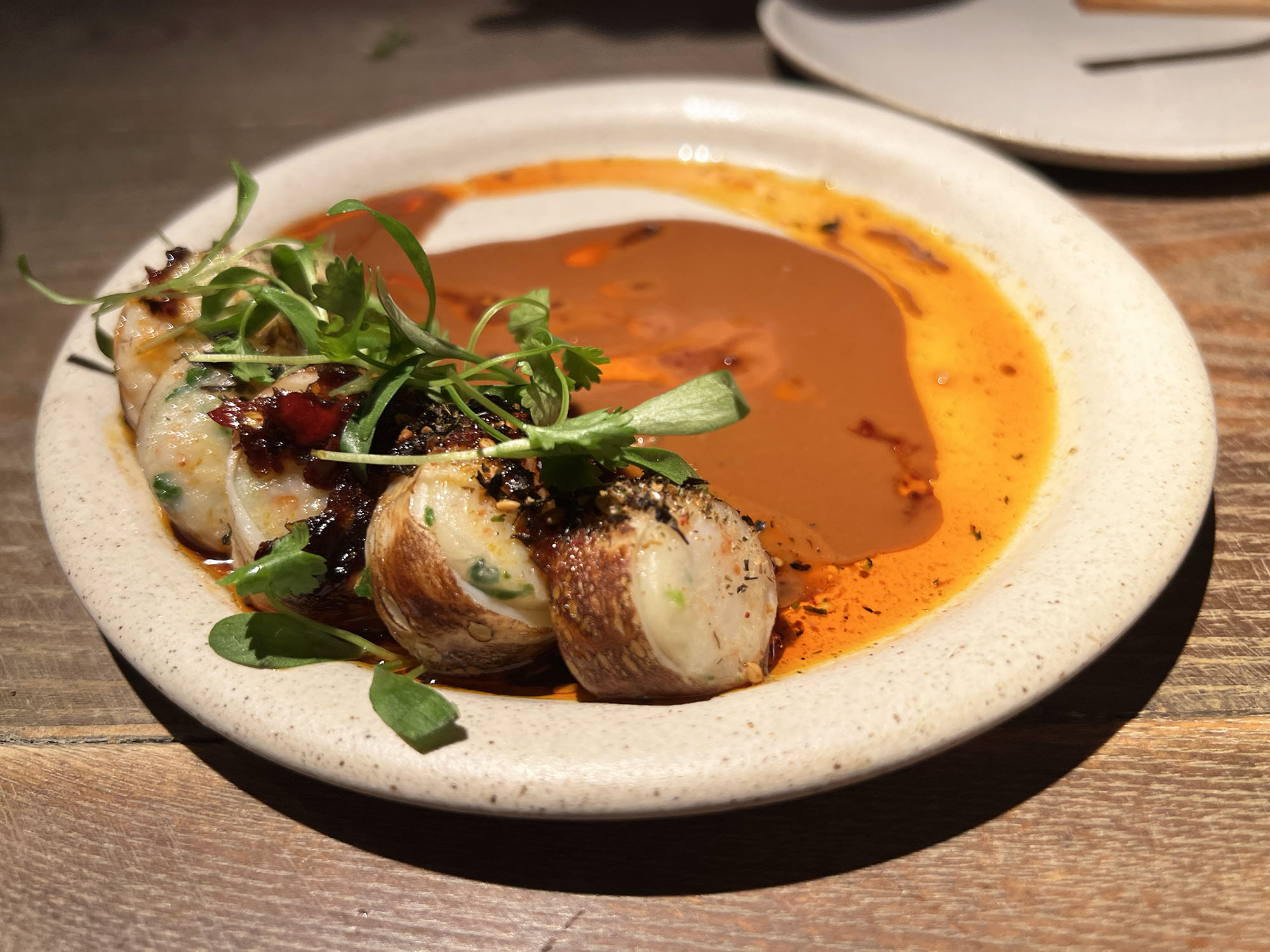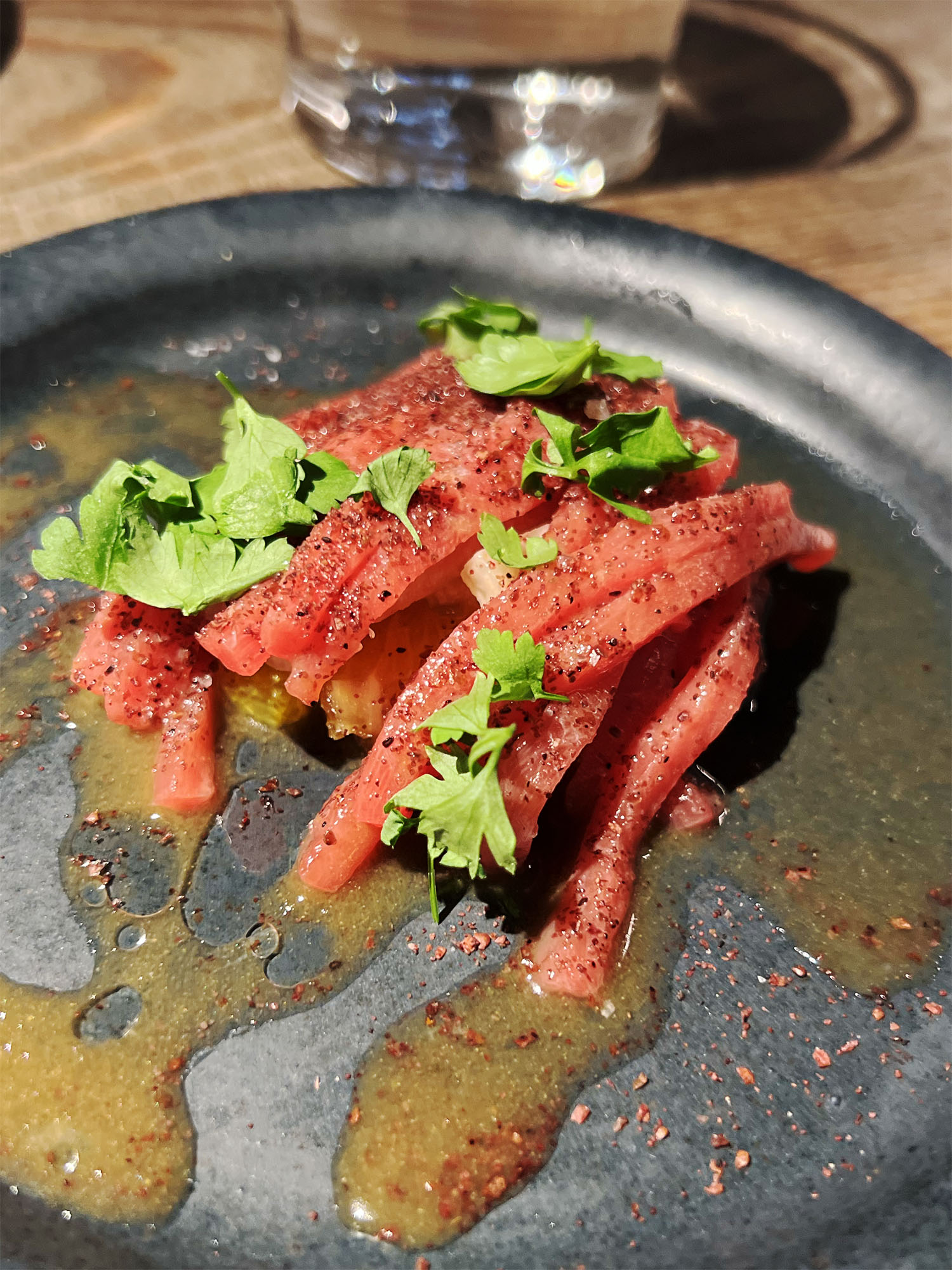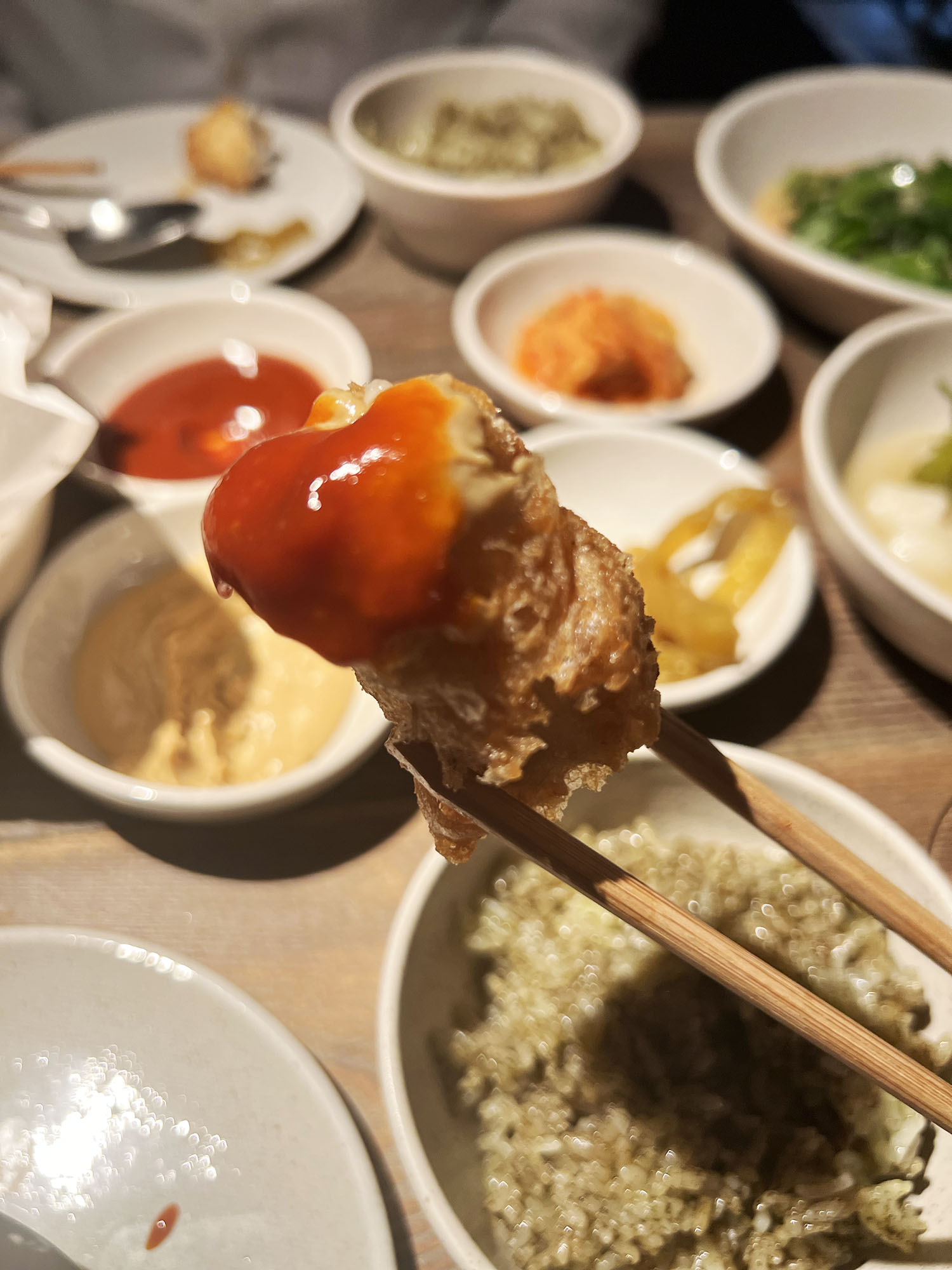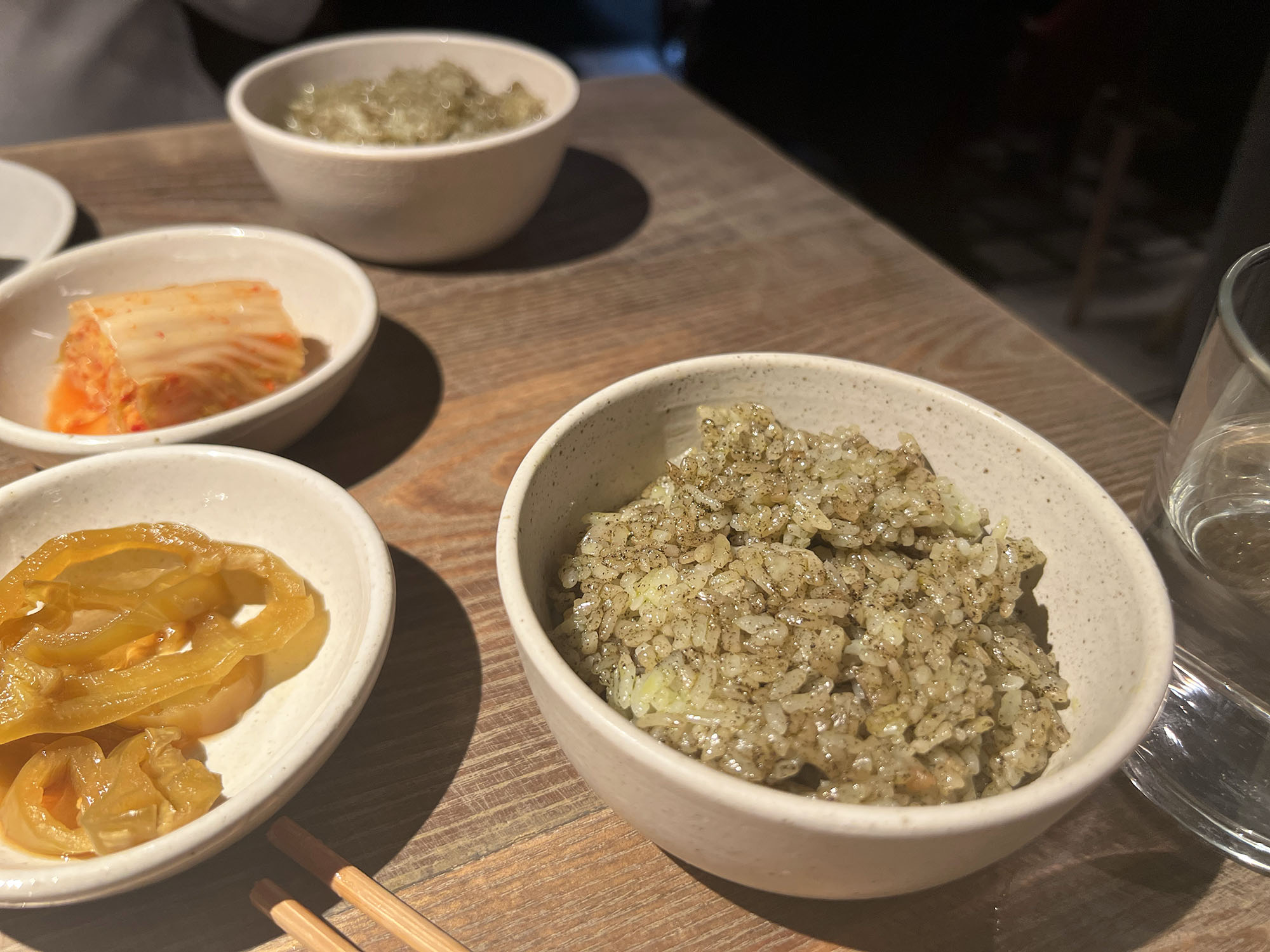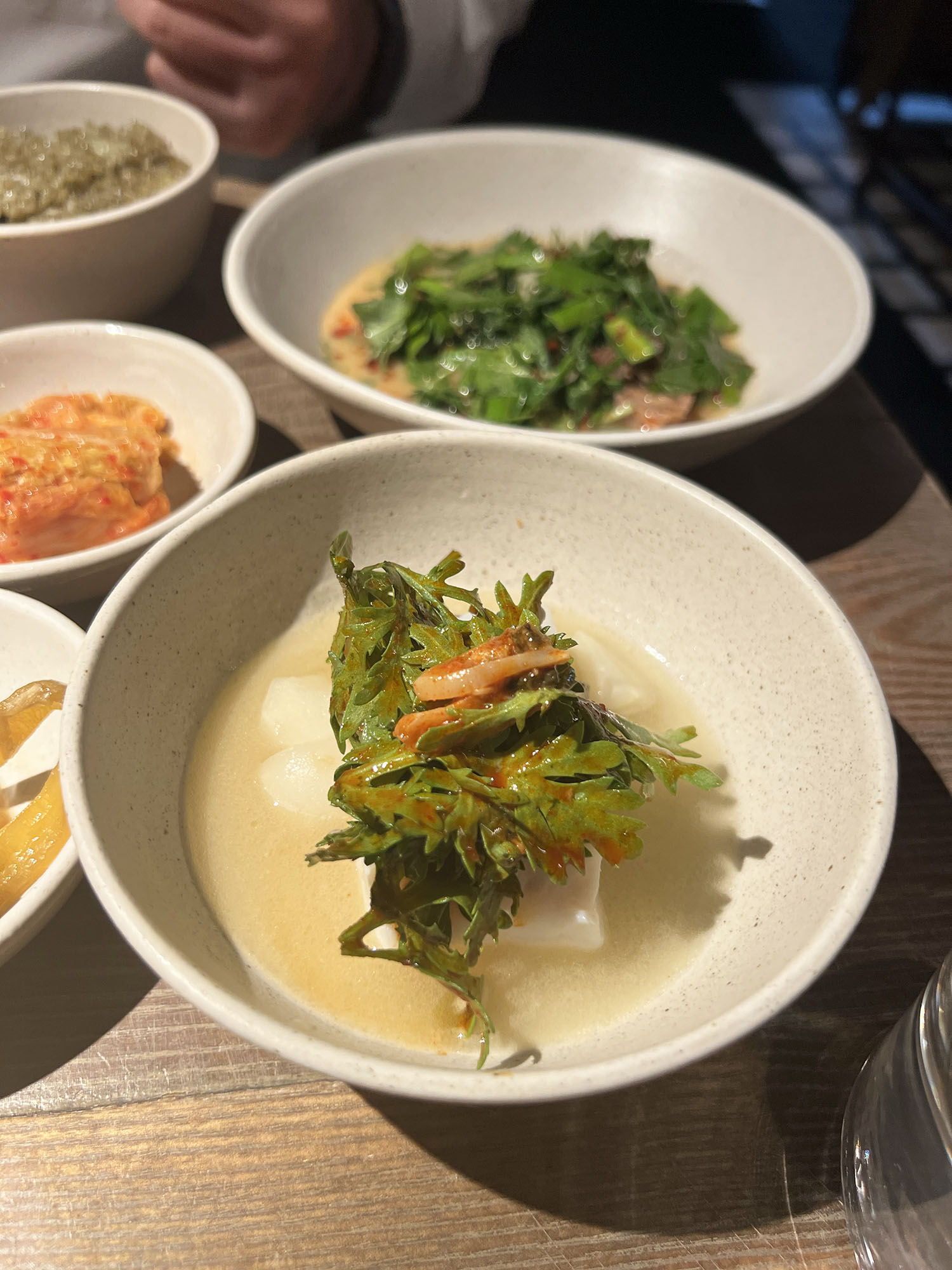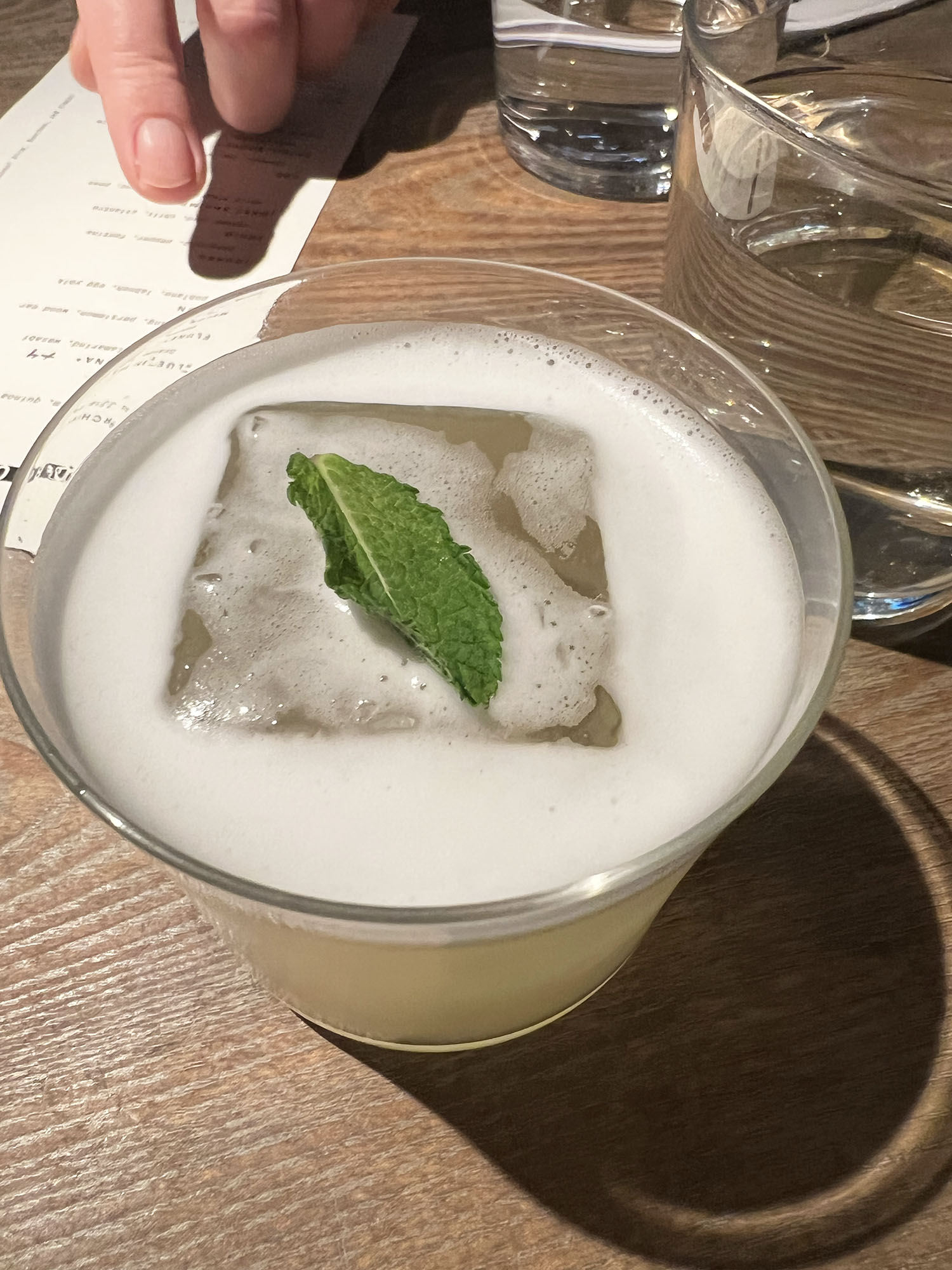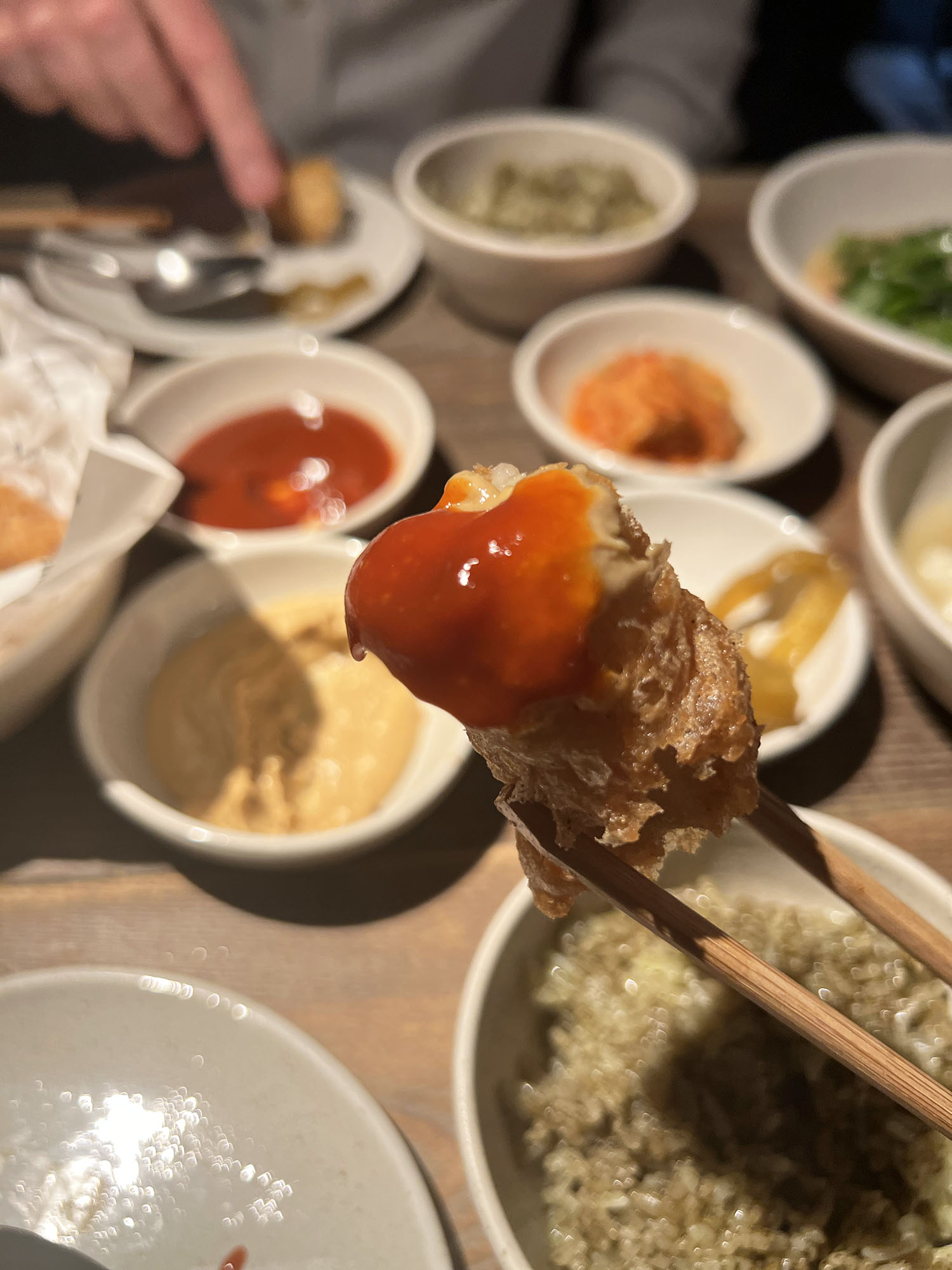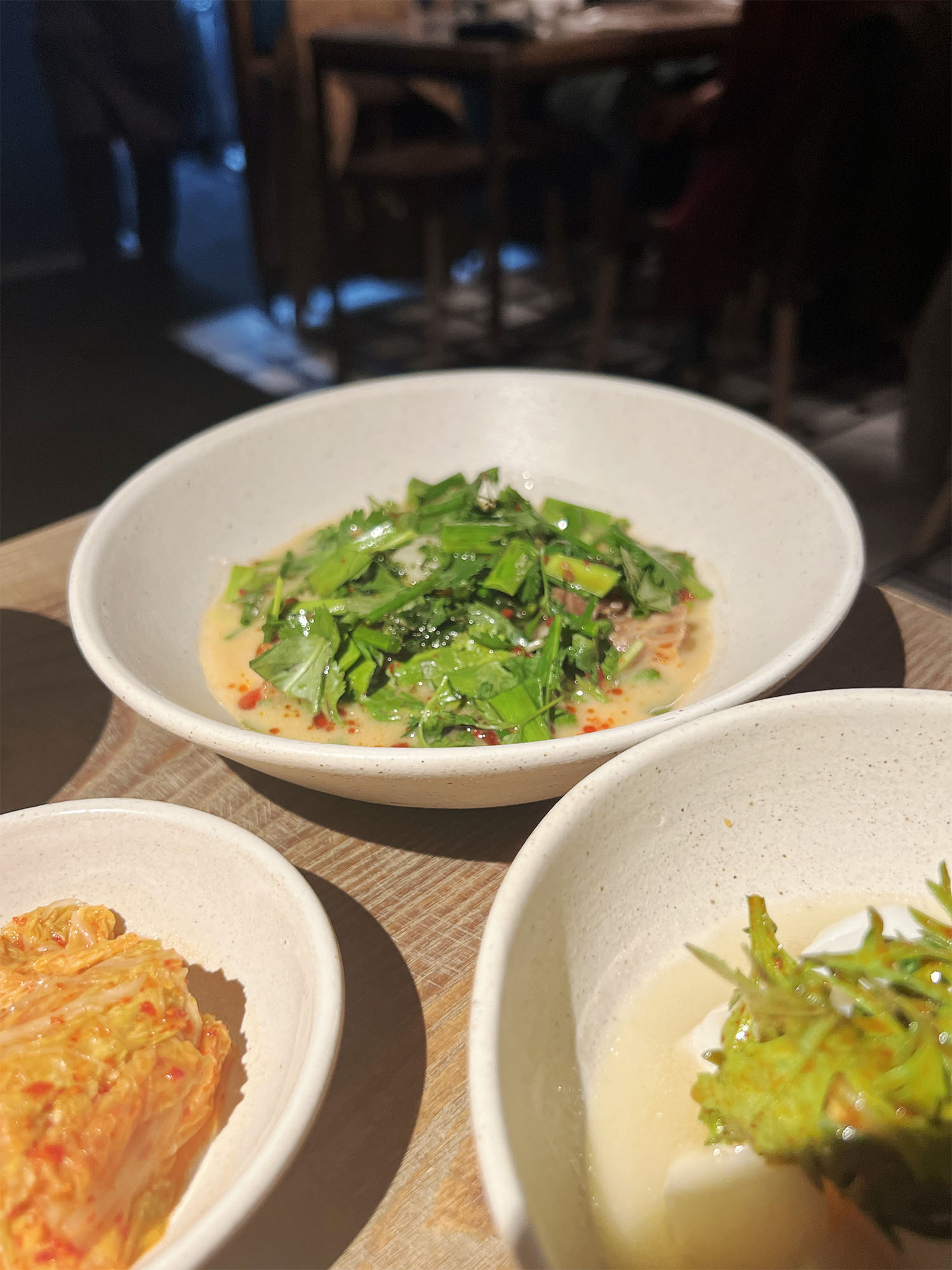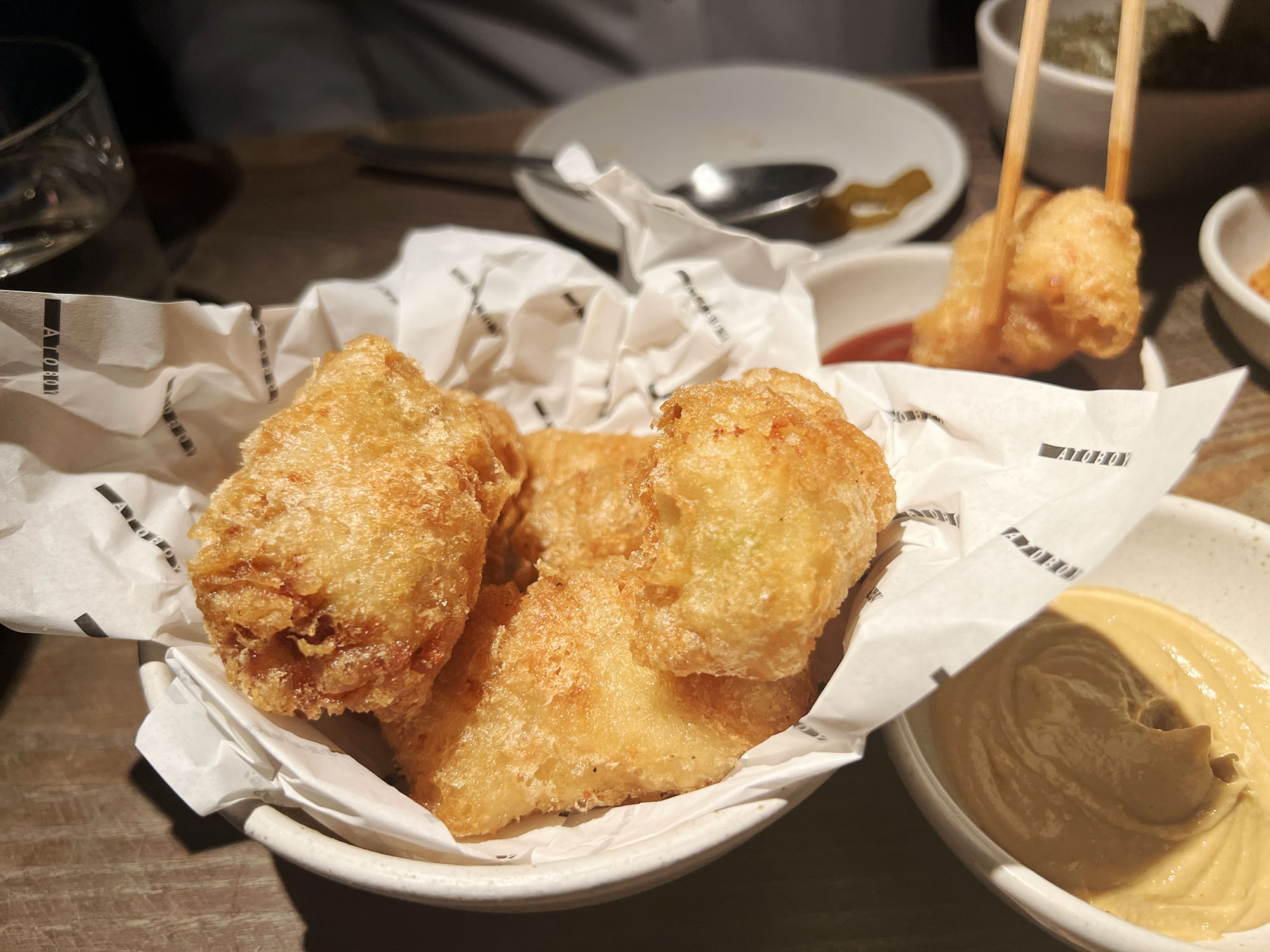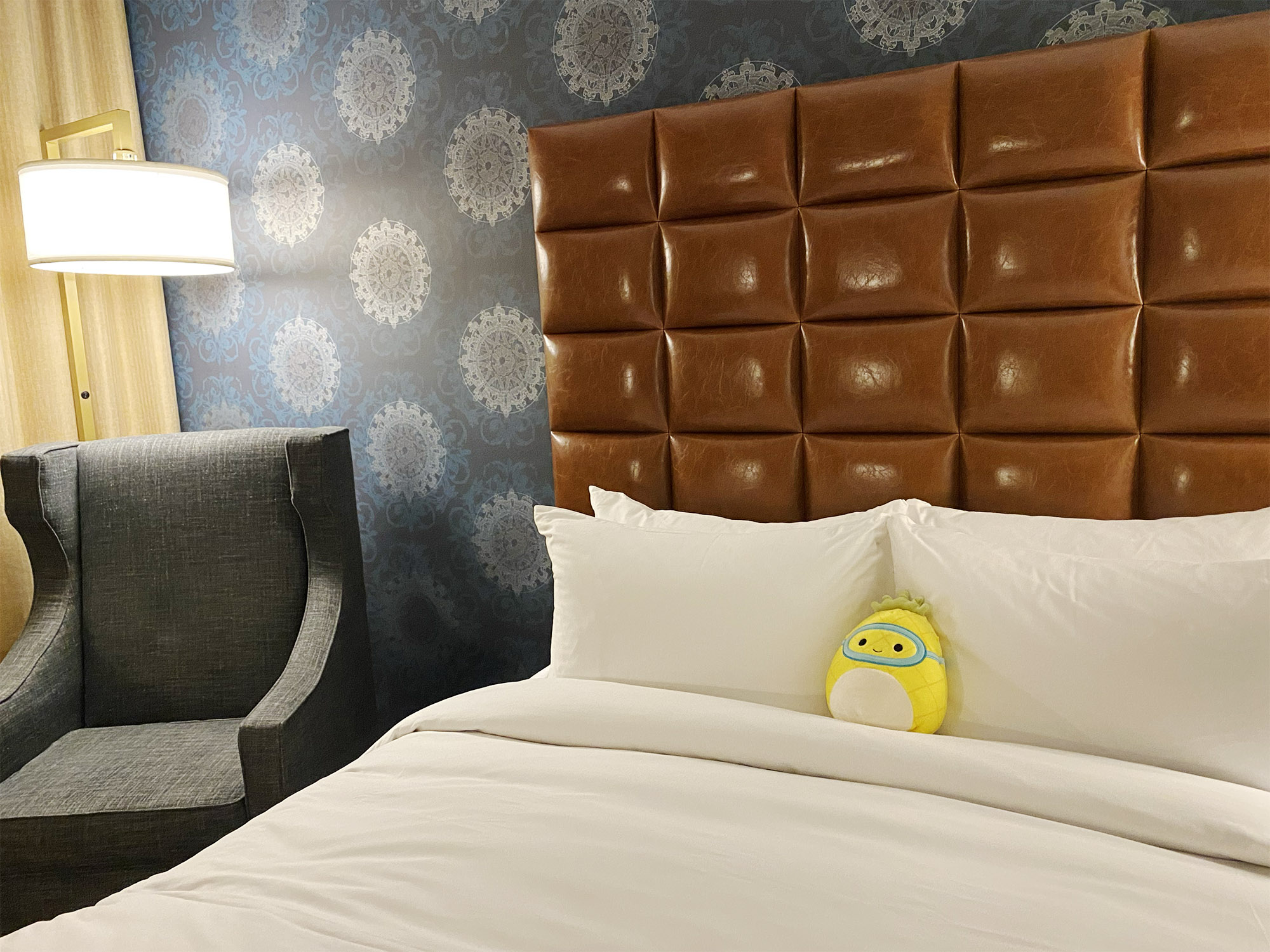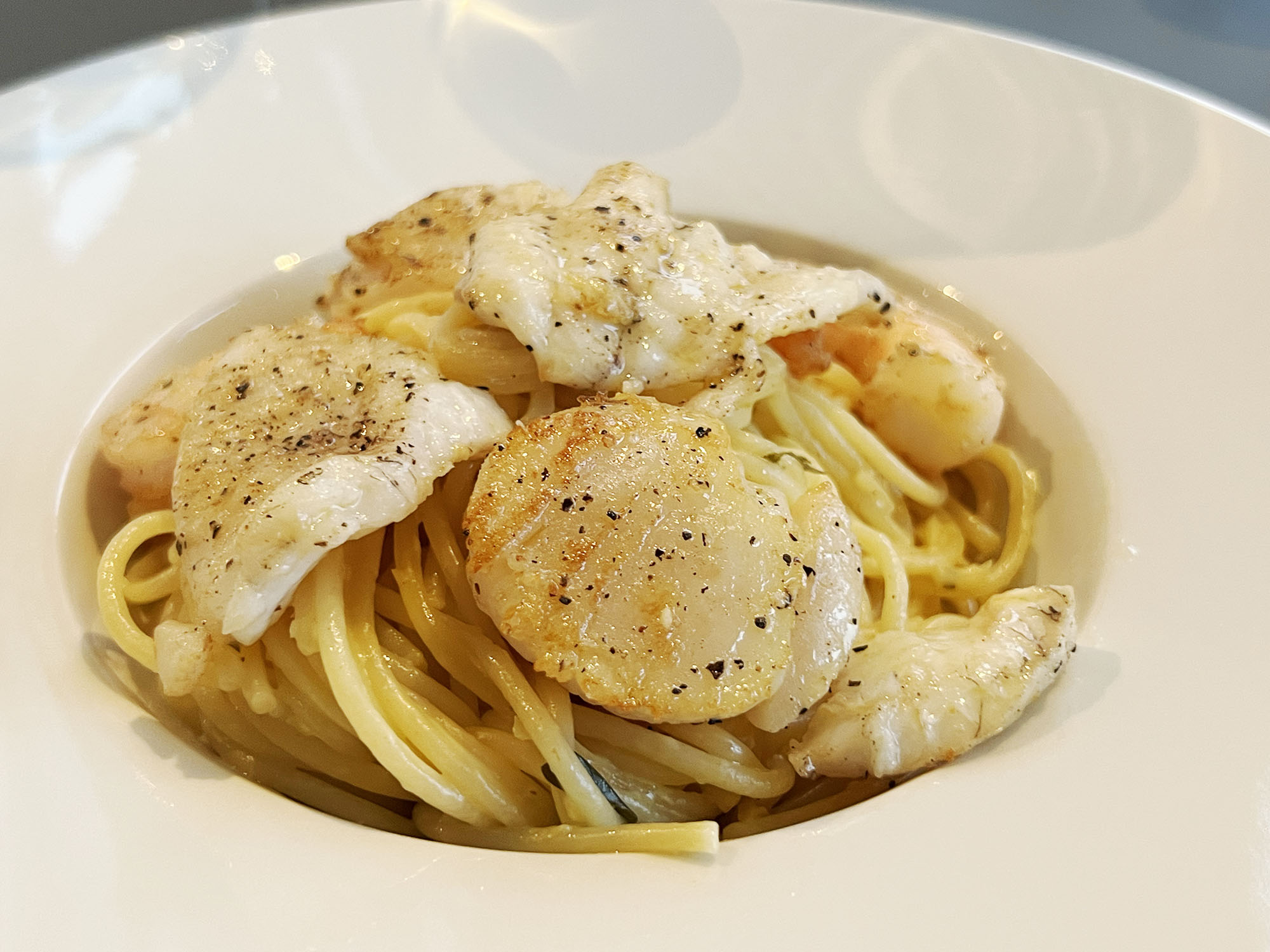
Kristian and AC live right by the fjord, and earlier that day, Kristian had been out diving and came back with the most beautiful scallops. They ended up as the star of a simple yet elegant pasta dish that tasted like something you’d get at a fancy seafood restaurant. He’d also caught a small turbot, and there were some shrimp in the freezer. Everything went into the pan, and what came out was this easy, super delicious seafood pasta.
Kristian is using turbot, scallops, and shrimp, but you can use whatever seafood you have available. Mussels would be great too, and if you don’t have fresh turbot, any kind of white fish from the store or fishmonger will work just fine.
The sauce is a savory take on a sabayon made with egg yolks, butter, shallots, and white wine. No cream, no cheese, just a smooth, velvety sauce that brings everything together and lets the seafood shine. Simple, clean, and so good.
A quick note on scallops
To get that golden crust without overcooking the center, you need a hot pan. Use a mix of neutral oil and a little butter:
Heat the oil first. When it’s hot (but not smoking), add the butter. Once it foams and settles, the pan’s ready. That way, you get the right heat and all the flavor without burning the butter.
Sear the scallops for about one minute on each side. They should have a nice crust and still be slightly translucent in the center.

